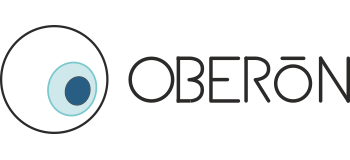GOALS AND STRUCTUREOverview of the
research programme

ABOUT USResearch goals

WP 1
Basic research
– Ocular biomechanics
As the technology to assess ocular biomechanics in vivo is fairly recent, there are still many fundamental aspects of this field that are poorly understood. This WP aims to fill in the most important knowledge gaps on the relationship between material stiffness and geometry of the eye structures that need to be addressed to assist in the development of the opto-biomechanical eye model (WP 3).
WP 2
Basic research
– Crystaline lens optics
Although the optical properties of the eye have been analysed for many years, the optics of the crystalline lens has been insufficiently studied due to a lack of suitable techniques. This WP therefore aims to study the lens’ optical properties in great detail using new measurement techniques and calculation methods.
WP 3
Eye modelling
This WP aims to develop new optical and opto-biomechanical eye models for virtual clinical testing of novel clinical and industrial
applications based on new experiments, the results of the previous WPs and the literature.
WP 4
Basic research
– Application development
Develop new clinical applications based on new experiments, the results of the previous WPs and the literature.
WP 5
Individual training
through research
The individual training of each ESR is at the core of OBERON goals, which begins by presenting them with cutting-edge research projects, supervised by scientists well-known in their respective fields (Table 3).
The research topics were selected in discussion with all Consortium partners to ensure mutual complementarity and compatibility between all research projects, while simultaneously avoiding excessive overlap, to accomplish the overall research and valorisation goals of OBERON.
Besides a Supervisor, each ESR also has a Co-supervisor from another institution to help reinforce the training of the ESRs, as well as the connections between Beneficiaries. Together the doctoral and secondment Supervisors will offer:


